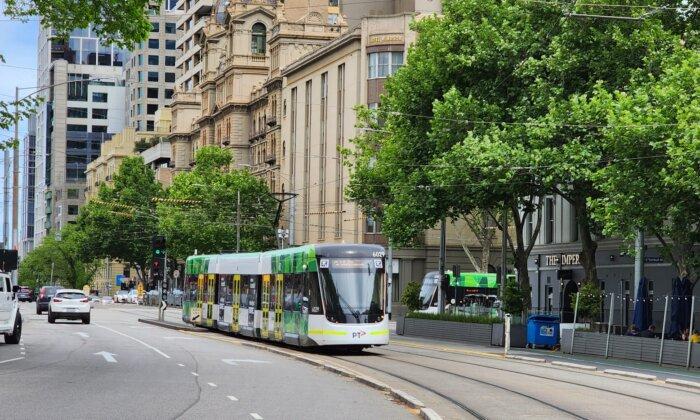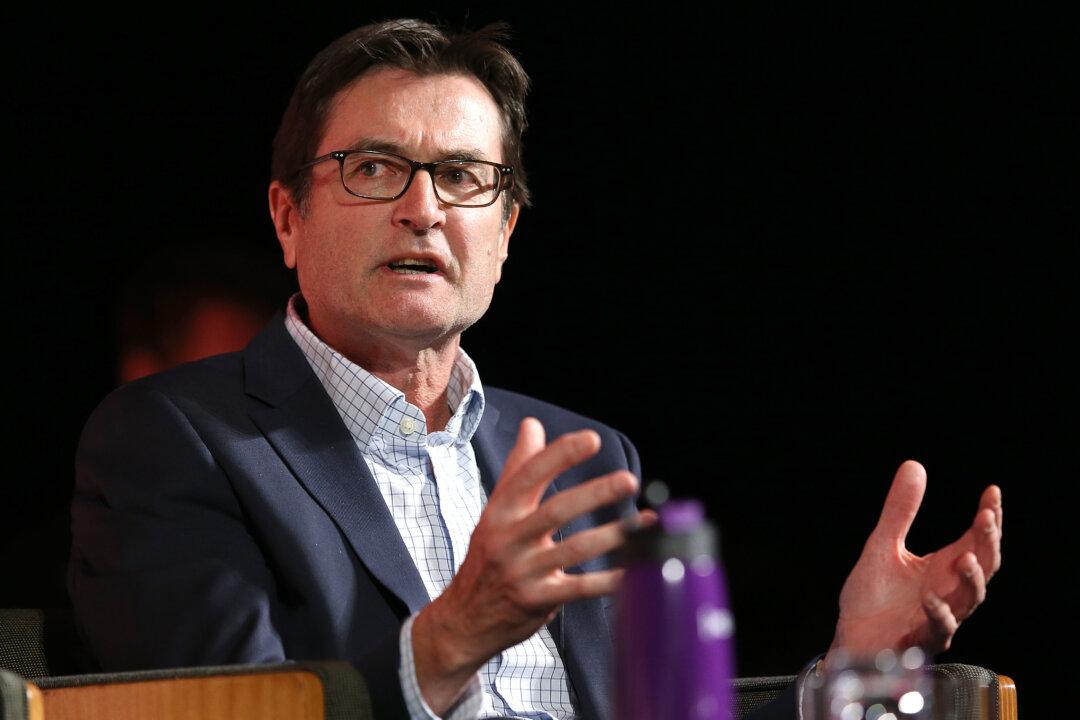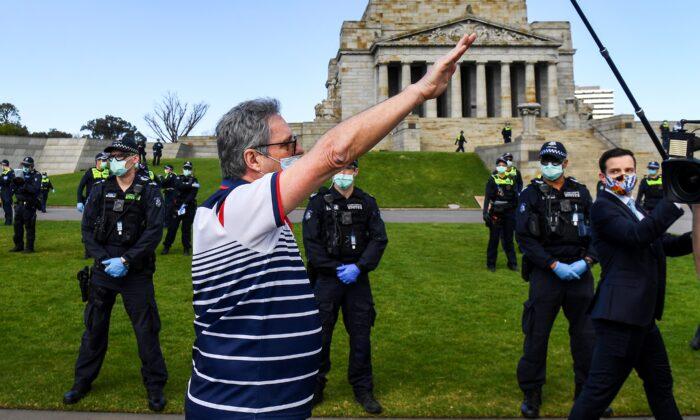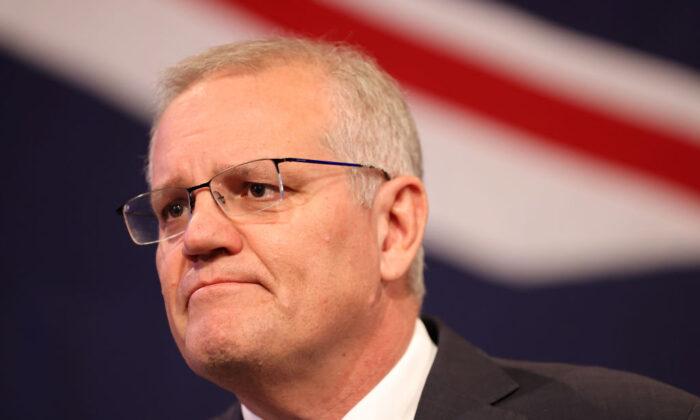The former CEO of Dow Chemical has backed Australia’s adoption of nuclear power.
Andrew Liveris, now president of the Organising Committee for the 2032 Games, said the Australian government needed to seriously consider small modular reactors (SMRs).
“I’m a fan of all of the above-green hydrogen, carbon capture, and storage, a price on carbon, and if we can get pumped hydro to be built and economic, for that as well. But I don’t think you can drop SMRs off the menu because of some outdated view of nuclear power. I think you’ve got to be very current on what SMRs are, and what they are not.”
Their small size and mobility allow them to be easily manufactured, assembled, and transported to a location to be installed.
Advocates mainly attribute the benefits of SMRs to their smaller footprint, allowing them to be deployed incrementally in remote areas burdened by a lack of transmission facilities and grid capacity.
US Congressmen Back Australia’s Adoption of Nuclear Power
Australia’s adoption of nuclear energy has also been recommended by politicians offshore, with a number of U.S. congressmen urging policymakers to abandon their opposition to the power source.Floridian Congressman Neal Dunn (R-Fla.), who is set to visit Sydney in August, believes Australia must utilise its vast uranium resources to provide affordable, clean, and reliable energy both to households and industry.
“You have got the (uranium) ore, you have got the skills, all you lack is the will. Once you get it up and running, it’s the cheapest, most reliable, cleanest energy. There is nothing greener.”
“I would encourage Australia to look at the United States and invest and partner with the United States to advance their commercial nuclear energy,” he said.
“The only feasible and proven technology, which can firm up renewables and help us achieve the goals of clean, cost-effective, and consistent power is next-generation nuclear technologies” he argued.
“We can convert or repurpose coal-fired plants to use the transmission connections that already exist on those sites.”
“New nuclear technologies can be plugged into existing grids and work immediately.”
Support for nuclear has been steadily growing within the Liberal-National Coalition, with former Prime Minister Scott Morrison’s government ordering an inquiry into the issue in August 2019.
Labor Government Remains Opposed
The debate surrounding the issue is long from over, however, with prominent members of Albanese’s Labor government maintaining a stance against nuclear, citing numerous reports conducted by the Commonwealth Scientific and Industrial Research Organisation (CSIRO) detailing the high costs of such a rollout.“Following extensive consultation with the Australian electricity industry, report findings do not see any prospect of domestic projects this decade, given the technology’s commercial immaturity and high cost.”
Prime Minister Anthony Albanese himself aligns with this sentiment, believing the cost-benefit analyses conducted on nuclear energy speak for themselves.
Yet public opinion on the subject has drastically changed over the past decade.





